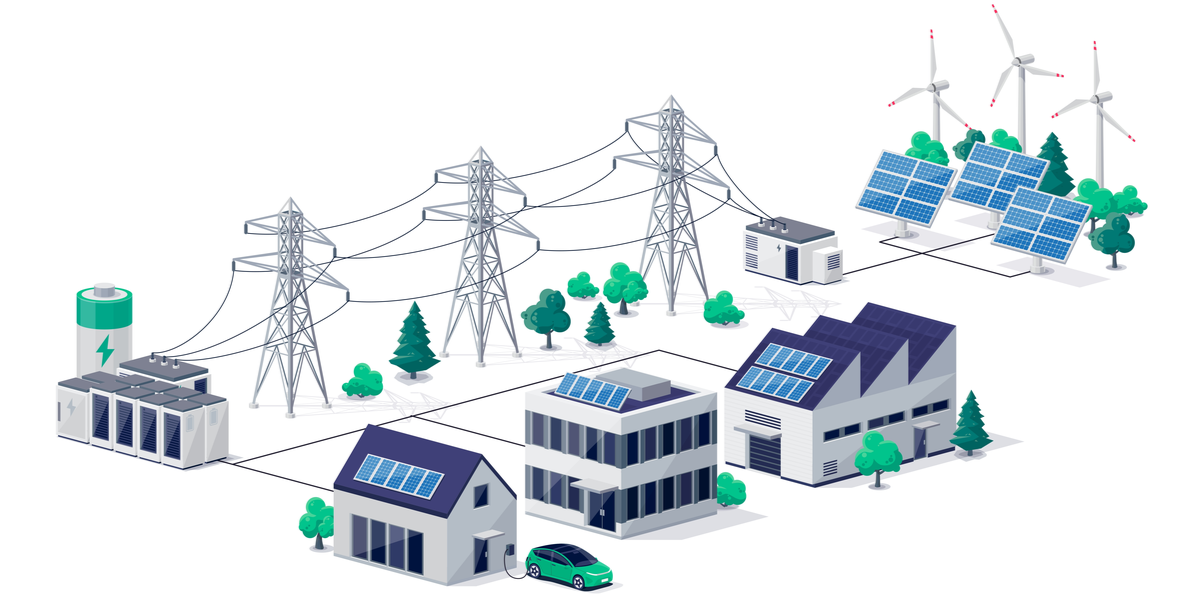IEA’s 2015 Energy Efficiency Market Report
Let's Save Energy
Alliance to Save Energy's Blog
IEA’s 2015 Energy Efficiency Market Report

On October 8th, the International Energy Agency released the Energy Efficiency Market Report 2015 – a detailed analysis of improvements in global energy efficiency since the 1980s. According to the IEA, political and financial investments in energy efficiency have helped avoid $5.7 trillion in spending on energy sources while improving energy security and energy productivity, and reducing greenhouse gas emissions. The results of the analysis reinforce the work being done by partners in the Global Alliance for Energy Productivity, a network of leaders working to double global energy productivity by 2030.
Using the phrase “doing more with more,” the IEA described a scenario where energy consumption continues to rise, while at the same time new, more efficiency-focused policies and technologies are helping to improve the productivity of the energy we consume. Annual reductions in energy intensity (measured by dividing total primary energy supply by GDP) averaged 1.4 percent from 2003 to 2013. In energy productivity terms, that represents an annual percentage increase in global energy productivity of 0.71 percent.
The IEA report makes a strong case for a decoupling of economic growth from energy consumption growth. Member countries of the Organisation for Economic Co-operation and Development (OECD) improved their energy productivity by 24 percent from 2000 to 2014, while at the same time holding absolute consumption steady at 2000 levels and experiencing a decline in energy consumption on a per capita basis. China achieved energy productivity gains of 29 percent between 2002 and 2013 while simultaneously increasing energy consumption by 70 percent. This contrasting set of statistics underlines the fact that economic growth and job creation are not tied at fixed ratios to increases in energy consumption.
Energy productivity as a policy tool has become a central tool for countries worldwide. In addition to the 2013 U.S. commitment to doubling energy productivity by 2030, Germany and Australia have both set specific energy productivity goals. Germany has set a target to improve energy productivity by 2.1 percent per year on average from 2008 to 2020. Meanwhile, the Australian Government Energy Council has committed to developing a National Energy Productivity Plan by the end of 2015 that will set an energy productivity goal. According to the government’s Energy White Paper released in April, a 40 percent improvement in energy productivity is possible by 2030.
These national level commitments are important steps toward the global goal of doubling energy productivity by 2030, but fall short of getting us to the goal. Great progress has been made thus far, and there is enormous room for continued improvement, in both the developing and developed world. Further action will be required in both the private and public sectors to meaningfully move the needle on energy productivity. We encourage all actors to endorse the goal of doubling global energy productivity as a first step down the road to a prosperous and productive future.
STAY EMPOWERED
Help the Alliance advocate for policies to use energy more efficiently – supporting job creation, reduced emissions, and lower costs. Contact your member of Congress.
Energy efficiency is smart, nonpartisan, and practical. So are we. Our strength comes from an unparalleled group of Alliance Associates working collaboratively under the Alliance umbrella to pave the way for energy efficiency gains.
The power of efficiency is in your hands. Supporting the Alliance means supporting a vision for using energy more productively to achieve economic growth, a cleaner environment, and greater energy security, affordability, and reliability.



